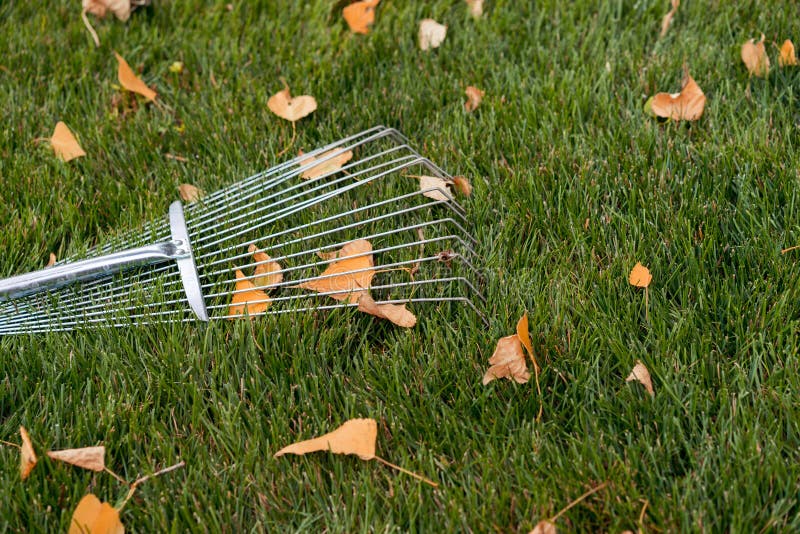


If Crabgrass is a problem in your lawn, apply pre-emergent herbicides to keep seeds that dropped last summer from germinating. Aim for early spring for cool-season grasses and late spring to early summer for warm-season grasses. Spring is the right time to dethatch turf.
#RAKE FOR GRASS CLIPPINGS HOW TO#
Learn the secrets behind aerating and how to aerate properly. But if you didn't get to it last fall, you can tackle it in early spring. Fall is the best time for cool-season types. Late spring to early summer is the right time to aerate warm-season grasses. How often you should aerate your lawn depends on soil type and how you use your lawn. Vital for a truly healthy lawn, aeration is the solution for compacted soil. Learn about causes of bare spots in lawns, how to prevent them and how to treat them. Five weeks after overseeding, apply a quick-release nitrogen feed. When you overseed, apply a slow-release nitrogen fertilizer. Fall is the ideal time for cool-season grass, but in colder regions, spot-seeding small areas in spring yields good results. Late spring is the best time to overseed warm-season grass. Rake when soil is not soft and muddy, or you risk pulling up healthy grass crowns.įill bare or thin spots in the lawn by overseeding. Use a spring-tine rake with a strong upward pull to remove dead grass. Raking also loosens matted grass clumps caused by snow mold, which can smother new growth. Left alone, these dead blades add to your lawn's thatch layer. Spring raking removes lingering fall leaves and grass blades that did not survive winter.


 0 kommentar(er)
0 kommentar(er)
